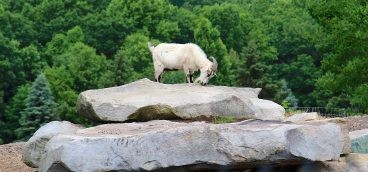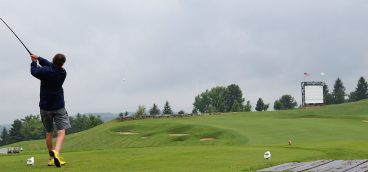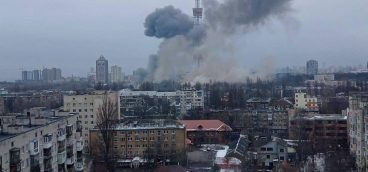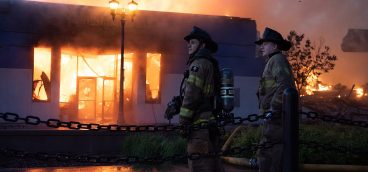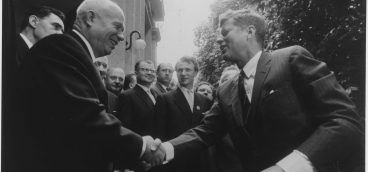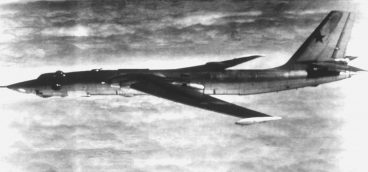Joe Buys the Place at Auction
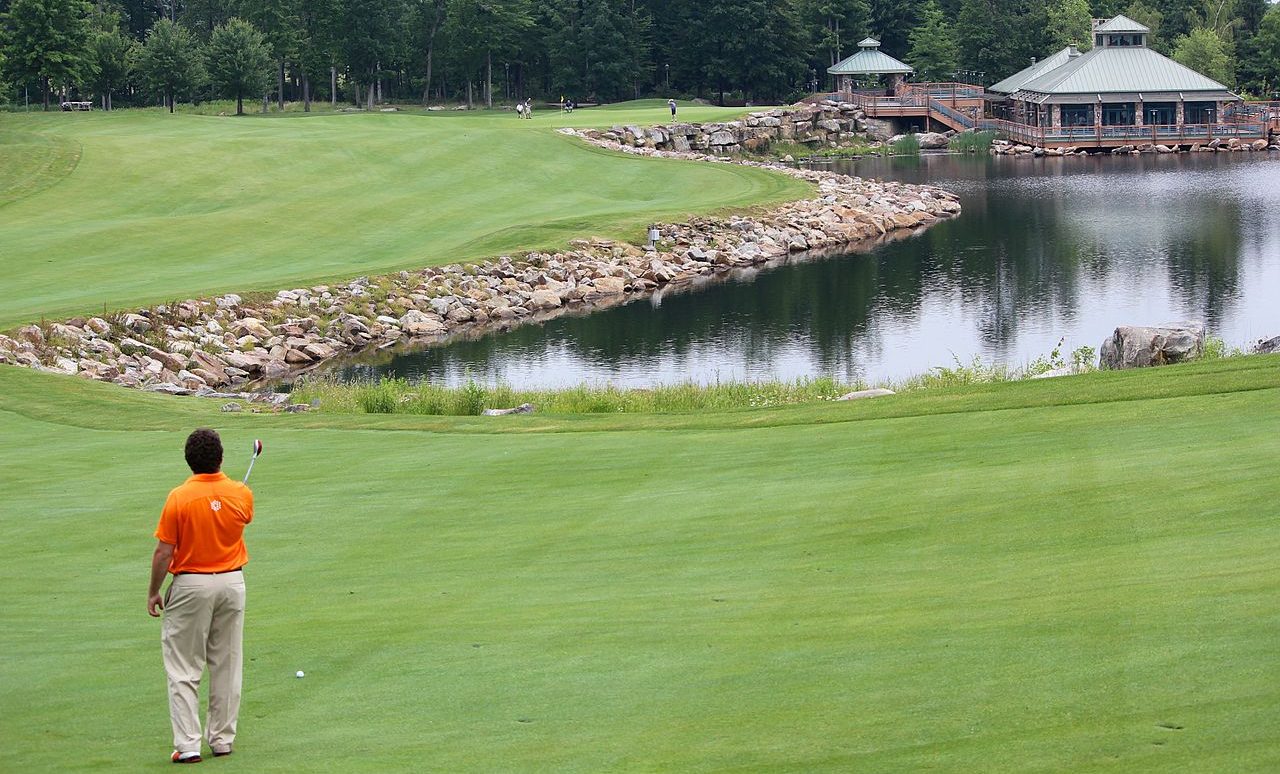
“I guess that all I can hope for is that, when people think of me, they think, ‘Hey, that jackass started out with only $5,000 and made a fortune. Maybe I can, too!’” Joe Hardy to Jeff Sewald in Pittsburgh Quarterly
Previously in this series: Firings All Around!
The Nemacolin property was being sold at a bankruptcy auction. On the day of the sale, the thermometer sat at 90 degrees in the shade, except there was no shade. We all stood at the top of a steep hill with the auctioneer at the very crest and the rest of us a few yards down the hill.
A small group of local farmers stood talking off to one side and Joe Hardy – a big guy – stood in the sun mopping his sweating brow. The auction was scheduled to start at 10 a.m. and very shortly before then my lawyer gave me an elbow in the ribs and pointed down the hill to the lane that ran along the bottom of it.
Glancing down, I saw a horse-drawn wagon moving slowly toward us, driven by a boy who looked like he was about 15. He wore a straw hat and was barefoot and looked for all the world like Tom Sawyer. In the wagon, under a tarp roof, sat four older men, apparently elders of the Society of Brothers.
The wagon stopped and the boy got off and climbed up the steep hill. When he got near the top, he nodded to us and then looked attentively at the auctioneer.
The way the auction worked is that the auctioneer would call out the name of the “lot” that was being auctioned and give the reserve price. He would then wait while the bidders located the lot on their maps, then open the bidding.
For a long time, the bidding on every lot worked the same way. The auctioneer would call out (for example) “Gentlemen, Lot B-114! The reserve price is $5,000! Do I hear an opening bid?”
Joe Hardy would raise his hand and say, “Bid $5,000!”
“$5,000, do I hear $6,000?” the auctioneer would say.
The barefoot boy in the straw hat would raise his hand and say, “May I have a minute” He would then walk slowly down the hill, confer with the elders for what seemed like forever, then climb back up the hill. “$5,100!” he would say.
An exasperated Joe Hardy would then outbid the Society, the boy would ask for a “minute,” go confer with the elders, come back and top Joe’s bid. After 45 minutes of this I was sure Joe was going to have a heart attack. Actually, I was sure most of us were going to have heart attacks if we didn’t get the auction finished and get out of the sun.
Gradually it became clear that Joe was winning the bids on certain kinds of lots and the Society was winning the bids on other kinds of lots. After 90 minutes, Joe insisted we all take a break. The boy walked down the hill and climbed into his wagon, while the farmers moved off toward the shade of some trees. Since I still had the keys to the lodge, I went inside and cranked up the AC.
While I was chilling, Joe was deep in negotiations with the elders. He pointed out to them that the Society was only interested in the more remote lots, where they could plant corn and beans and chop down hardwoods to make furniture. Joe, meanwhile, only wanted the core of the property – the lodge, the airstrip, the golf course, the lakes, all-in-all about 400 acres. (He eventually acquired more than 2,000 acres.)
The elders got the point and, while my back was turned, a sly bit of price-fixing happened: Joe wouldn’t outbid the Society on the outlying lots and the Society wouldn’t outbid Joe on the core lots. The local farmers – and me – were out of luck.
Still, we recovered a good bit of our debt and Joe Hardy and I became friends. A few months after the bankruptcy sale, Joe and I met for a drink at Nemacolin – which he now owned – and I regaled him with stories of Nemacolin under my brief and ineffectual tenure, some of which I’ve detailed in these pages.
Joe loved those stories. But then I told him I’d heard a rumor that he was the “Hardy” of Hardy and Hayes, a prestigious jewelry store in Pittsburgh. Joe admitted it was true, but he denied he’d been born with a silver spoon in his mouth. He’d worked for the jewelry store when he was young, but didn’t like it.
Joe struck off on his own, buying a small farm, growing vegetables and selling them to his neighbors. Then he got the idea of launching a building materials company and started a lumberyard. Then, for some reason, he started selling real estate. But he missed the lumber business.
So Joe and his two partners bought a piece of land in the tiny hamlet of Eighty Four, Pennsylvania, population about 600, built a new lumberyard, and the rest was history.
Joe told me that while he enjoyed running the lumberyard, what he really enjoyed was expanding the business. He knew how far people would drive to get their lumber, and so he began opening lumberyards in small towns just exactly far enough apart. Eventually he had lumberyards in more than 30 states.
As Joe talked I was struck by how similar Joe’s expansion strategies were to the ones used by Sam Walton in building Walmart – avoid big cities and spread the shops around in small towns, selling a good product at a good price. Sam operated on a vastly larger scale than Joe, but as Gertrude Stein might have said, a billionaire is a billionaire is a billionaire.
When he finished talking about 84 Lumber, Joe began telling me about his plans for Nemacolin. I listened first in awe, then in disbelief: Joe’s vision was to take Nemacolin by its scruffy neck and turn it into a world-class resort. I told Joe it all sounded wonderful, but it was flat-out impossible. The place, I told him, was cursed. Whatever money he sunk into it, that money would disappear into thin air. Fortunately, Joe paid no attention to me.
Next up: Joe Hardy, Nemacolin and Me, Part 5


